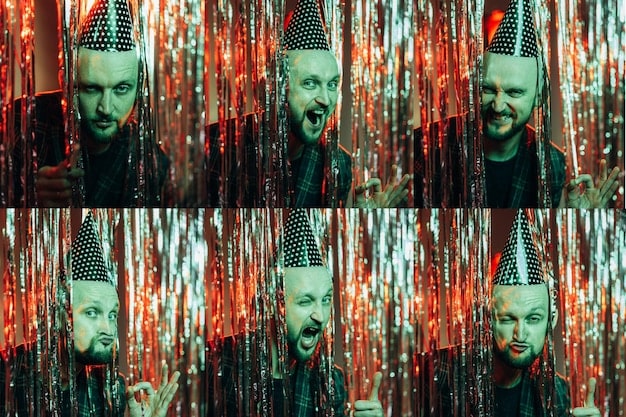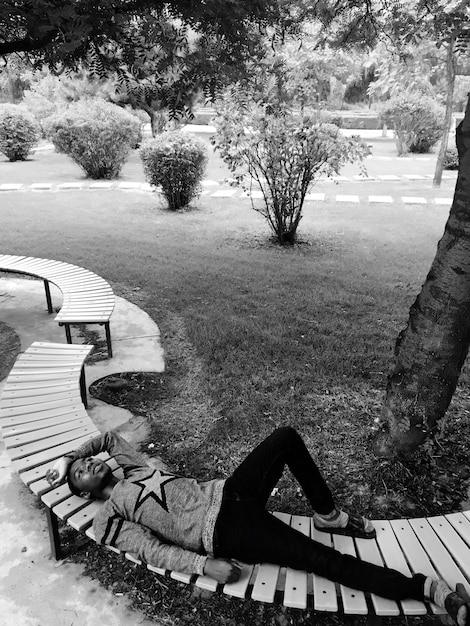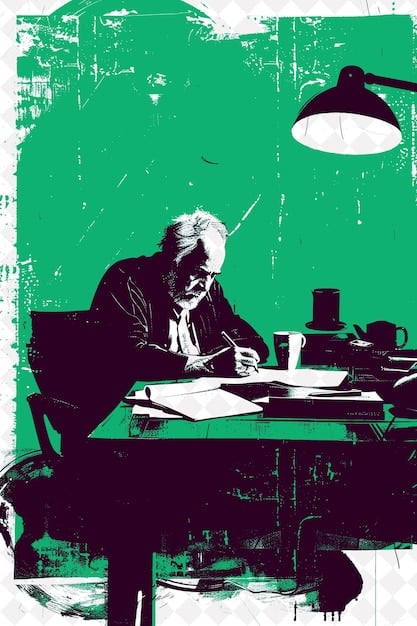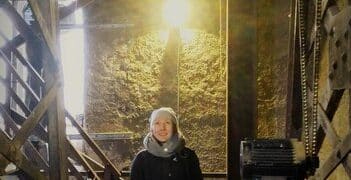The Unseen Cuts: Exploring Alternate Endings of Forgotten Classics

The Unseen Cuts delve into the realm of forgotten classics, revealing alternate endings and deleted scenes that offer new perspectives on beloved films, enhancing their narrative depth and viewer experience.
Have you ever wondered what could have been? The Unseen Cuts: Exploring the Alternate Endings and Deleted Scenes of ‘Forgotten Classics’ reveals the fascinating world of films that dared to be different, offering a glimpse into the creative process and what might have been.
Unveiling the Alternate Realities of Cinema
Alternate endings and deleted scenes hold a unique allure for film enthusiasts. They offer a glimpse into the creative choices made during production, revealing different narrative paths and character arcs that could have significantly altered the viewing experience. Exploring these unseen cuts allows us to appreciate the artistry and decision-making process involved in shaping a classic film.
The Allure of What Could Have Been
The existence of alternate endings often sparks debate and speculation among fans. What if the hero made a different choice? What if a crucial scene wasn’t cut? These questions fuel our imaginations and enrich our understanding of the story.
Director’s Vision vs. Studio Interference
Many alternate endings arise from conflicts between the director’s artistic vision and studio executives’ commercial concerns. Understanding these power dynamics sheds light on the challenges filmmakers face in bringing their stories to the screen.
- The impact of test screenings on final cuts.
- How budget constraints can lead to deleted scenes.
- The role of audience expectations in shaping endings.
Ultimately, exploring alternate endings provides a deeper appreciation for the complexities of filmmaking and the artistic choices that shape our favorite stories. It allows us to engage with the material on a more intellectual and imaginative level.

‘It’s a Wonderful Life’: The Darker Ending That Never Was
Frank Capra’s ‘It’s a Wonderful Life’ is a timeless classic, beloved for its heartwarming message of hope and redemption. However, initial drafts of the film explored a much darker and more ambiguous ending, one that strayed from the ultimately uplifting tone.
Original Script’s Bleaker Outlook
The original screenplay depicted George Bailey grappling with despair significantly longer, with the community’s support less immediately apparent. The sense ambiguity was intended to explore deeper themes of regret and worth.
Studio’s Push for Sentimentality
Studio executives feared a bleak ending would alienate audiences during the post-war era. They pushed for a more overt display of community support and a clearer affirmation of George’s value.
- The scene where Clarence earns his wings was originally more subtle.
- George’s epiphany was less dramatic in the initial cut.
- The final scene of community support emphasized a more decisive resolution.
The decision to alter the ending significantly impacted ‘It’s a Wonderful Life’s’ legacy, solidifying its status as a feel-good classic. However, understanding the original ending reveals a more nuanced and complex vision, showing how fine the line can be between despair and redemption.
‘Blade Runner’: Decoding the Deckard Identity
Ridley Scott’s ‘Blade Runner’ is renowned for its philosophical depth and visual style. One of the most debated aspects of the film is whether Deckard is a replicant. Alternate cuts and deleted scenes offer contrasting clues, fueling endless speculation.
The Unicorn Dream Sequence
The inclusion of the unicorn dream sequence in the Director’s Cut bolstered the theory that Deckard is a replicant. Gaff’s knowledge of Deckard’s dream suggests implanted memories and manufactured experiences.
The Studio-Mandated Happy Ending
The original theatrical release featured a studio-imposed voiceover narration and a happy ending, intended to clarify the narrative and reassure audiences.
- The happy ending contradicted the film’s overall tone of dystopian unease.
- The narration oversimplified Deckard’s internal conflicts.
- Reactions to the ending highlighted the importance of ambiguity.
The evolution of ‘Blade Runner’ demonstrates the impact of studio interference on artistic vision. The Director’s Cut, free from studio mandates, offers a more ambiguous and thought-provoking experience, one that continues to challenge and fascinate viewers.
‘Brazil’: Terry Gilliam’s Battle for Artistic Integrity
Terry Gilliam’s satirical dystopian film ‘Brazil’ is a testament to the director’s uncompromising vision. The film’s tumultuous editing process and multiple endings highlight the struggle for artistic control in Hollywood.
The “Love Conquers All” Ending
Universal Pictures initially insisted on a more optimistic ending, one that depicted Sam Lowry escaping with Jill Layton. Gilliam vehemently opposed this altered ending, believing it betrayed the film’s bleak and satirical message.
The Guerilla Screenings and Fan Support
Gilliam famously staged guerilla screenings of his preferred cut, showcasing the film to critics and building public support for his vision. This grassroots campaign ultimately pressured the studio to release a version closer to Gilliam’s original intent.
- The studio’s ending undermined the film’s satire.
- The battle for ‘Brazil’ became a symbol of artistic freedom.
- The original ending was pivotal to the film’s dystopian message.
‘Brazil’ serves as a powerful reminder of the importance of artistic vision and the battles filmmakers often face to protect their work. The film’s legacy is inextricably linked to Gilliam’s fight for authenticity.

‘Little Shop of Horrors’: The Dark Musical Ending That Was Too Dark
‘Little Shop of Horrors’, the musical by Frank Oz, delivers catchy tunes with a dark twist, but the original ending was deemed too bleak for general audiences. This led to reshoots which significantly changed the film’s final act.
The Original Downbeat Finale
The initial version depicted Audrey and Seymour being consumed by the monstrous Audrey II after failing to defeat it, leaving the world to be overrun by the plant’s offshoots. This aligned more closely with the ending of the original stage musical, where evil triumphs.
Reasons for the Change of Heart
After test screenings, the reactions were overwhelmingly negative as audiences couldn’t bear seeing their beloved protagonists meet such a grim end. A lighter, more upbeat conclusion was demanded to ensure audience satisfaction.
- The original ending involved costly special effects deemed unworthy after negative feedback.
- Reshoots occurred months after principal photography to correct the tone.
- The brighter ending was pivotal in the film’s widespread appeal despite diluting the dark undertones.
The ‘Little Shop of Horrors’ experience highlights how audience perception can override darker creative choices, particularly in film adaptations of popular works. While the reshot ending broadened the film’s appeal, it also somewhat softened the uncompromising message of the original stage production.
The Enduring Appeal and Impact
The curiosity surrounding alternate endings and deleted scenes persists because they offer a richer, multifaceted viewing experience. They deepen our engagement with stories and invite us to consider the “what ifs” of cinema. Unveiling the unseen cuts allows for a more comprehensive appreciation of filmmaking as an iterative decision-making process, reminding us that art is as much about what is included as what is left out.
Reinterpreting a Classic
Alternate versions challenge us with new perspectives on narratives we thought we understood. They encourage discussions around themes and characters that are often more intricate than previously realized.
Preservation and Exploration
The importance of archiving these materials cannot be understated. Preserving these discarded narratives safeguards the cultural and historical value of cinematic art, enriching future studies and appreciation.
| Key Aspect | Brief Description |
|---|---|
| 🤔 Alternate Endings | Differing outcomes tested during film production. |
| 🎬 Deleted Scenes | Cut segments affecting pacing, plot, or character. |
| 🎭 Studio Influence | Studio mandates altering original artistic visions. |
| 🎁 Undeniable Impact | Providing deeper engagement and nuanced understanding beyond the original narrative. |
Frequently Asked Questions
▼
Alternate endings arise from test screenings, studio mandates, or creative differences, with filmmakers exploring different audience reactions and narrative options.
▼
A director’s cut represents the director’s original vision, often differing from the theatrical release by including deleted scenes and changing the ending.
▼
Not necessarily; sometimes, scenes are cut for pacing or narrative focus, helping to tighten the film but potentially sacrificing character development or plot elements.
▼
They’re often available on DVD/Blu-ray extras, streaming platforms’ special features, or easily located on fan sites dedicated to film trivia and alternative content.
▼
Darker endings might align with the director’s vision or explore deeper, more challenging themes, though studios may opt for more palatable conclusions. This appeals to wider audiences.
Conclusion
Exploring the alternate endings and deleted scenes of forgotten classics opens a window into the creative process and the decisions that shape our beloved films. These unseen cuts offer a richer, more nuanced understanding of storytelling and the enduring power of cinema.





